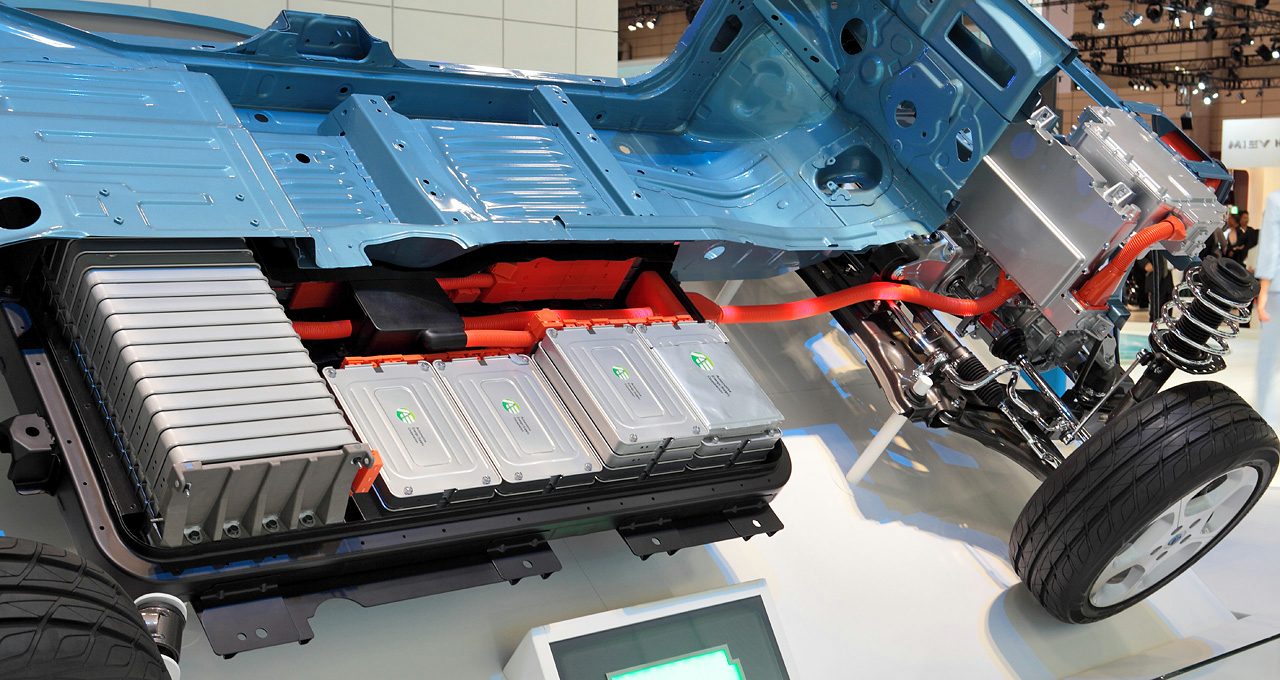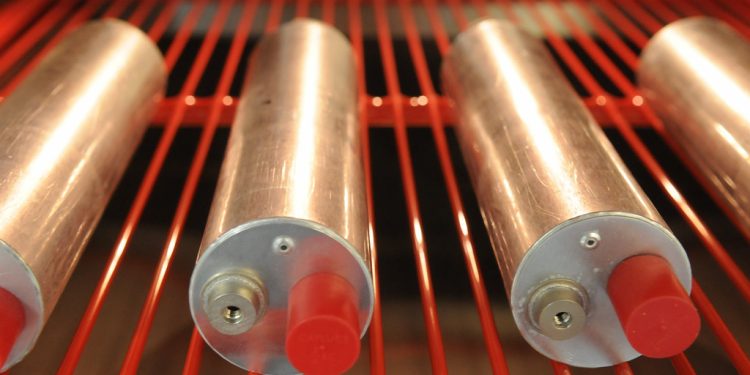EV battery cost falls 90 per cent in 15 years
Words NZ Autocar | Images Wiki, Flickr
The average price of an EV lithium-ion battery pack has fallen substantially in the past 15 years says the U.S. Department of Energy. Analysts suggest EV price parity with ICE powered vehicles by next year.
In 2023, a battery pack cost an average of $139/kWh for production at scale (over 100,000 units per annum). That’s still a little way above the theoretical $100/kWh that analysts suggest is the point at which EVs achieve price parity with petrol cars. However, it’s miles down from the $1415/kWh equivalent average in 2008.
The steep decline is due largely to improvements in battery tech and chemistries. More streamlined manufacturing and increases in production volume also contribute, suggests the DOE. Production volume has exploded since 2008, when the modern EV era was just starting. Such economies of scale for car makers didn’t exist back then.

EV battery prices have fallen even further in the recent past, with a hiccup during the coronavirus pandemic. They dropped 13 per cent in 2019, increased in 2022, and then fell 14 per cent in 2023, according to Bloomberg.
Tesla believes large-format 4680 cells are the key to greater EV affordability but so far that hasn’t proven to be the case. CEO Elon Musk says Tesla is still trying to cut 4680 cell cost. Currently they’re cost more to make than those produced by other suppliers.
However, battery costs are expected to fall further. Goldman Sachs reckons they will drop 40 per cent between 2023 and 2025. That will probably allow EVs to achieve price parity with ICE-powered vehicles as soon as next year in some markets.





